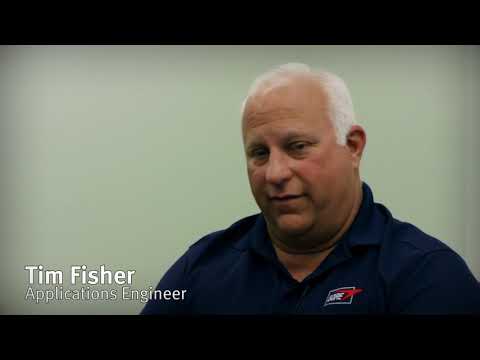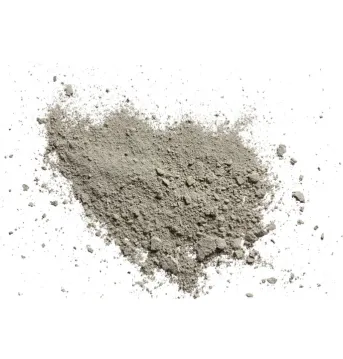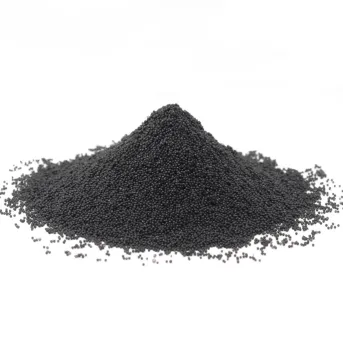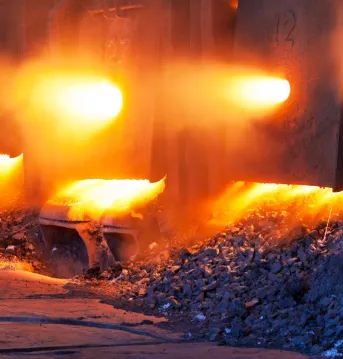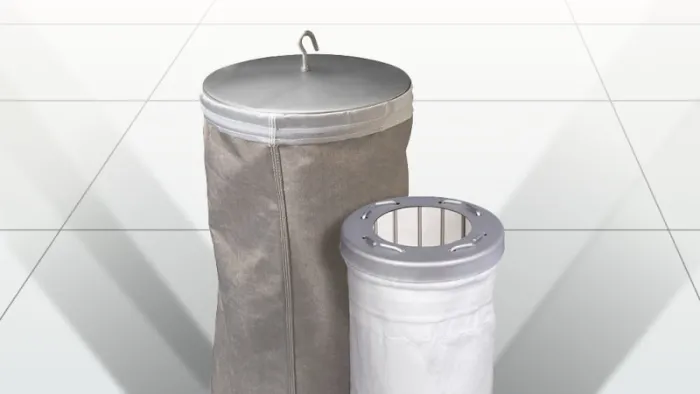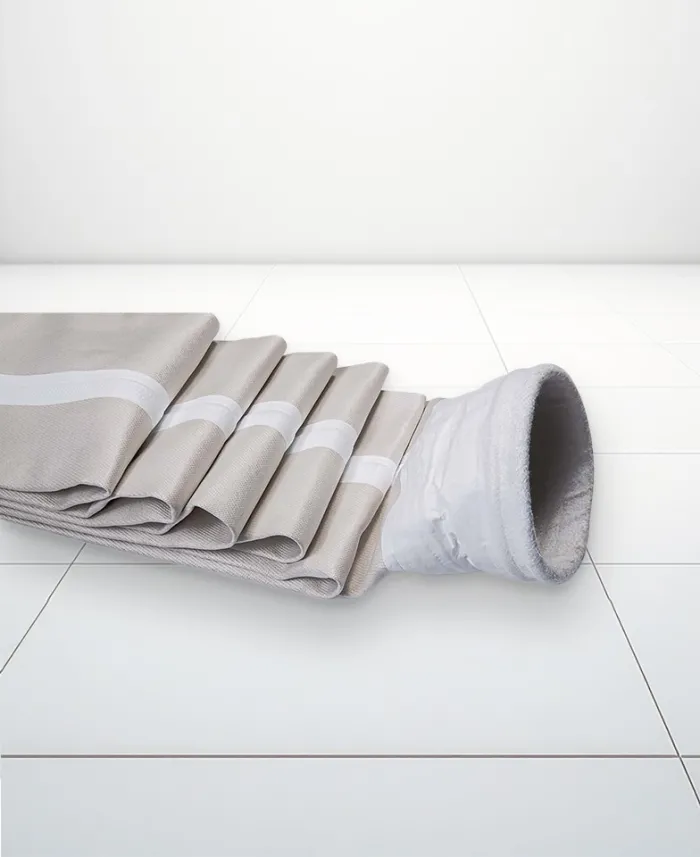GORE® Filter Bags
GORE® Filter Bags offer long product life, while capturing particulates, destroying pollutants and providing near-zero emissions at a lower overall cost.
Achieve High-Efficiency Filtration with Filter Bags that Deliver Lowest Cost of Ownership
Our durable filter bags deliver extremely high filtration efficiency, very low resistance to flow and exceptionally long filter life. In fact, GORE Filter Bags are proven to last longer than other suppliers’ product which means lower maintenance costs, less unexpected downtime and lower overall cost of ownership for our customers.
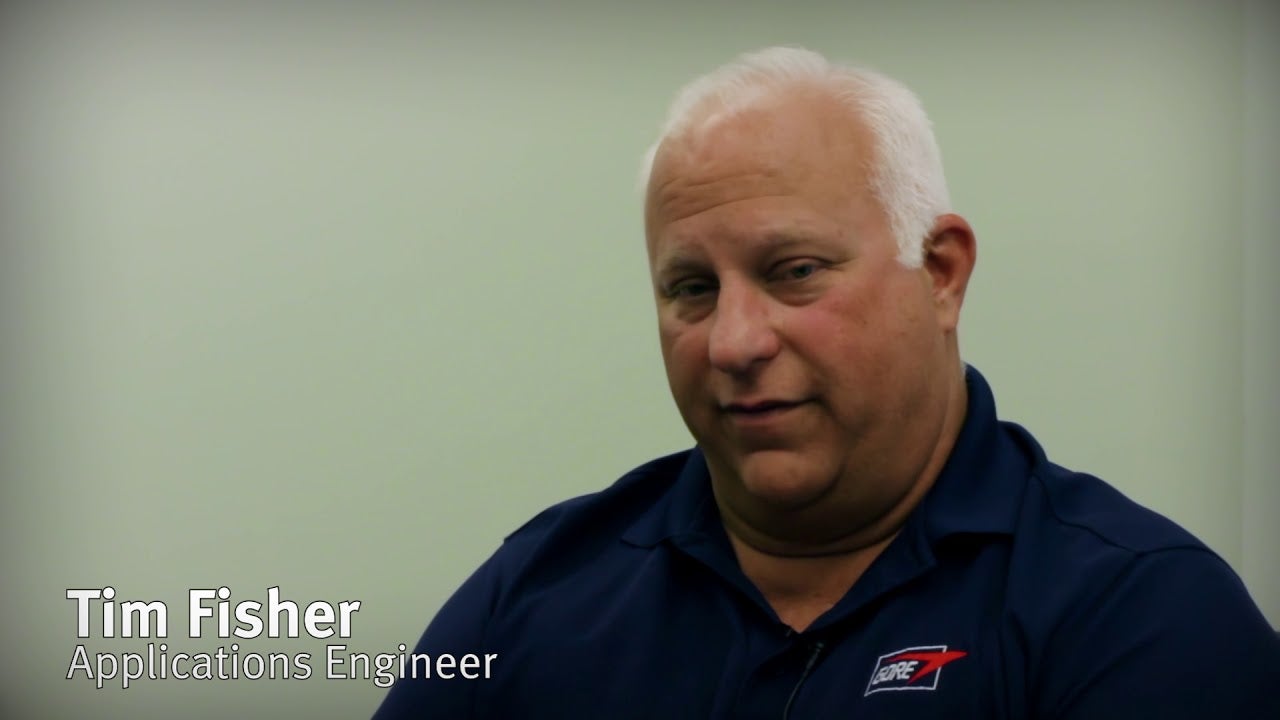
GORE LOW DRAG Filter Bags lower the cost of compliance
Learn how Gore LOW DRAG Filter Bags can help you reduce your costs while simultaneously help you meet your environmental compliance.
Technical Information
GORE® FILTER BAGS
GORE Filter Bags can be used in multiple industries, such as chemicals, metals, waste-to-energy (incineration and power generation) and cement.
| Product | Continuous Operating Temperature | Acid Resistance | Alkali Resistance | Common Industry Usage |
|---|---|---|---|---|
| Acid-Resistant Aramid Felt 475 g/m2 (14 oz/yd 2) Data Sheet | 204°C (400°F) | Very Good | Good | Chemicals |
| Acid-Resistant Fiberglass Fabric 339 g/m2 (10 oz/yd2) Data Sheet | 260°C (500°F) | Very Good | Fair | Chemicals |
| Acrylic Felt 475 g/m2 (14 oz/yd2) Data Sheet | 127°C (260°F) | Excellent | Good | Metals, Cement, Chemicals |
| Cartridge: Polyester Felt 407 g/m2 (12 oz/yd2) Data Sheet | 113°C (235°F) | Fair | Fair | Cement, Chemicals, Metals |
| ePTFE Felt 830 g/m2 (24.5oz/yd2) Data Sheet | 260°C (500°F) | Excellent | Excellent | Cement, Chemicals, Metals, Waste-to-Energy |
| Fiberglass Coated with PTFE 746 g/m2 (22 oz/yd2) Data Sheet | 260°C (500°F) | Very Good | Fair | Chemicals, Cement, Metals, Energy |
| Fiberglass Fabric Coated with Polytetrafluoroethylene 746 g/m2 (22 oz/yd2) Data Sheet | 260°C (500°F) | Fair | Fair | Cement, Metals, Waste-to-Energy |
| Fiberglass Fabric, Acid-Resistant 339 g/m2 (10 oz/yd2) Data Sheet | 260°C (500°F) | Very Good | Fair | Cement, Chemicals, Metals, Waste-to-Energy |
| Polyester Felt 543 g/m2 (16 oz/yd2) Data Sheet | 135°C (275°F) | Fair | Fair | Cement, Chemicals |
| Polyester Felt 543 g/m2 (12 oz/yd2) Data Sheet | 135°C (275°F) | Fair | Fair | Chemicals |
| Polyester Felt Anti-Static 475 g/m2 (14 oz/yd2) Data Sheet | 135°C (275°F) | Fair | Fair | Chemicals |
| Polyphenylene Sulfide Felt 543 g/m2 (16 oz/yd2) Data Sheet | 190°C (375°F) | Excellent | Excellent | Chemicals, Energy, Metals |
| Polypropylene Felt 407 g/m2 (12oz/yd2) Data Sheet | 80°C (176°F) | Excellent | Excellent | Chemicals |
| Polytetrafluoroethylene Fabric, 288 g/m2 (8.5 oz/yd2) Data Sheet | 260°C (500°F) | Excellent | Excellent | Metals, Waste-to-Energy |
| PTFE Fabric 288 g/m2 (8.5 oz/yd2) Data Sheet | 260°C (500°F) | Excellent | Excellent | Chemicals, Metals, Energy |
| PTFE Felt 847 g/m2 (25 oz/yd2) Data Sheet | 260°C (500°F) | Excellent | Excellent | Chemicals, Metals |
| Woven Acrylic / Polyphenylene Sulfide Fabric, 305 g/m2 (9 oz/yd2) Data Sheet | 127°C (260°F) | Excellent | Good | Metals, Energy |
Case Studies
Explore More
FOR INDUSTRIAL USE ONLY
Not for use in food, drug, cosmetic or medical device manufacturing, processing, or packaging operations.
Prefer to Call?
Have questions or unique requirements?
Our experts are here to guide you.
+1 800 231 4364
Have questions or unique requirements?
Our experts are here to guide you.
